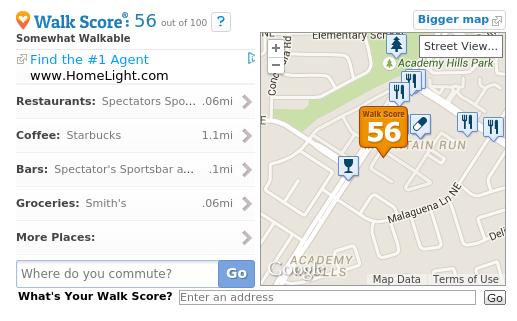According to the 2015 National Community and Transportation Preference Survey, millennials, those aged 18–34, prefer walking as a mode of transportation by 12 percentage points over driving. Millennials are also shown to prefer living in attached housing, living within walking distance of shops and restaurants, and having a short commute, and they are the most likely age group to make use of public transportation.
The survey also found that millennials show a stronger preference than other generations for expanding public transportation and providing transportation alternatives to driving, such as biking and walking, while also increasing the availability of trains and buses. Millennials likewise favor developing communities where people do not need to drive long distances to work or shop.
Overall, the survey found that Americans prefer walkable communities more so than they have in the past. Forty-eight percent of respondents reported that they would prefer to live in communities containing houses with small yards but within easy walking distance of the community’s amenities, as opposed to living in communities with houses that have large yards, but they have to drive to all amenities. And while 60 percent of adults surveyed live in detached, single-family homes, 25 percent of those respondents said they would rather live in an attached home and have greater walkability.
When choosing a new home, respondents indicated that they would like choices when it comes to their community’s transportation options. Eighty-five percent of survey participants said that sidewalks are a positive factor when purchasing a home, and 79 percent place importance on being within easy walking distance of places. Women in particular value walkability in their communities, with 61 percent indicating that having sidewalks with stores and restaurants to walk to is very important.
The above statistics are reasons enough why I find it ever so important to include a Walk Score map (pictured below for Far Northeast Heights) on every one of my Albuquerque community pages. Walk Score not only rates an area for walkability (the higher the score, the more walkable), but also gives home buyers vital information about local community businesses.

If you’d like to share any tips on what you’ve found helpful when learning about a community you’re considering moving to, please leave them in the comments below. And if you have any questions about selling or buying a home in metro Albuquerque, be sure to contact me today!
biz page or profile.